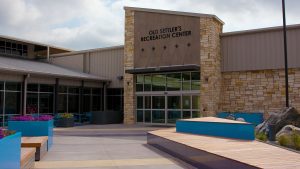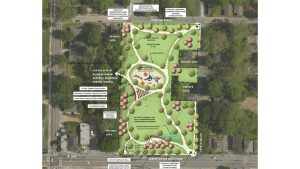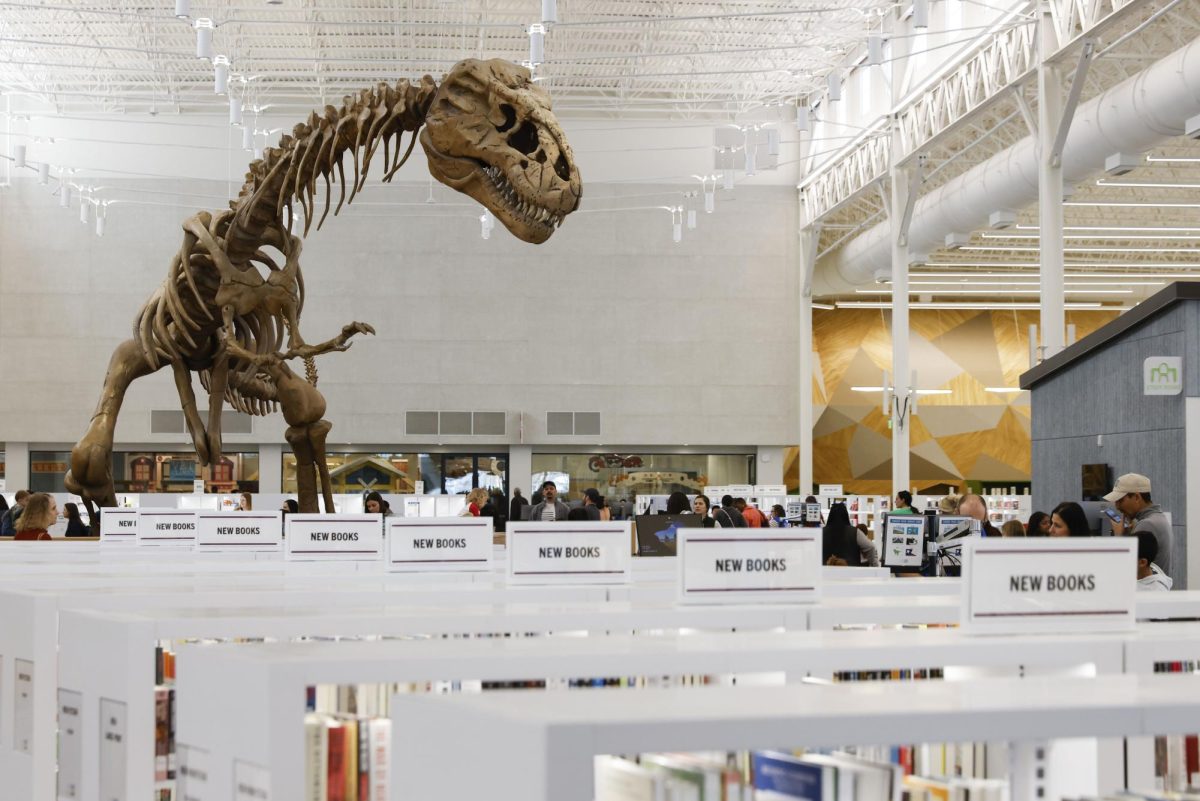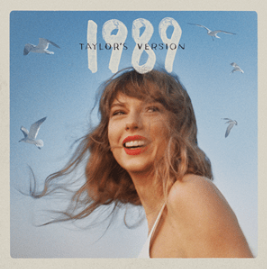It’s a weekday, 5 p.m. in the afternoon. Driving out of Eldorado Parkway, you are headed to the Frisco Public Library to study for an upcoming test. As you arrive, you walk into a building replicating the atmosphere of an Ikea warehouse and are immediately overwhelmed with the screeches of young children and the constant buzz of adults debating about politics and community gossip.
The recently updated library is more than three times larger than its previous space, new technology resources, and other amenities, is according to Henry Hill, Deputy City Manager, “a very ‘Frisco’ project;” and as a teenager who has lived in Frisco for most of her adolescence, I couldn’t agree more.
The Frisco library is symbolic of our city, which focuses solely on its “rapid housing development and local economy” rather than prioritizing public-friendly recreational spaces. As Frisco increases in the ranks among one of the fastest-growing cities in the US, these spaces must be given just as much importance.
Prioritizing the development of public spaces can help Frisco grow as a community, rather than just a city. A report by the American Enterprise Institute, says that recreational areas bring many social benefits such as “increased trust, decreased loneliness, and a stronger sense of attachment to where we live.”
Recreational centers are public spaces that bring communities together for social opportunities and city-related activities. Drive anywhere in Mckinney, and you’ll have the option to go to one of the designated four recreational centers as highlighted on the City of Mckinney Texas website. Drive anywhere in Frisco, and you’ll have zero.

In a society where “55 percent of Americans living in low-amenity suburbs report a high degree of social isolation,” the presence of public recreational spaces becomes even more important.
This importance is further presented by the current state of the Frisco Public Library, which acts more as a makeshift recreation center for young families rather than “a local center of information that makes all kinds of knowledge and information readily available to its users,” as defined in a report from the University of Nebraska-Lincoln.
The role of the library impacts different members of the Frisco community in a variety of ways.
For some IHS students, the current state of the Frisco library has led them to turn to study spaces in separate cities entirely.
“The Frisco public library now feels more like a park than a library,” says Diya Miriyala, IHS senior. “Most of my friends and I go to the John and Judy Gay Library in McKinney now, since it’s never loud or overly crowded.”
Although the purpose of the Frisco Public Library seems to have changed entirely due to its developments, there are still ways in which public spaces can be reconsidered in our city.
While city leaders have the final say in how we prioritize our developments and funds, local residents, including students, can make a change and bring the idea of recreational centers to attention.
By attending city council meetings, proposing creative solutions, and motivating public interest, residents can have a say in how we allot public spaces. In other communities, this method has championed real change.
For example, in Atlanta, Georgia, residents were able to channel community input towards the construction of a 3.5-acre Kathryn Johnston Memorial Park and recreational center for the city.

According to a report from the Georgia Municipal Association (GMA), Shannon Lee, senior urban conservation manager for The Conservation Fund (CF), says that “residents have been the ones who championed that project and they are the ones going to benefit from it.”
The initiatives behind these projects should also be relayed in Frisco, where the lack of recreational spaces is deteriorating other community centers – such as the library.
Frisco should consider giving some attention to its public spaces as our city grows. The National Park and Recreation Association (NRPA), suggests that “as community needs continue to grow and expand, so do the programs and services offered by the city.”
By taking some initiative, residents, including students, can channel this change in our city. So that the next time other students and I drive on Eldorado Parkway for a normal weekday study session, we don’t have to experience the consequences of a city that neglects public interest.







